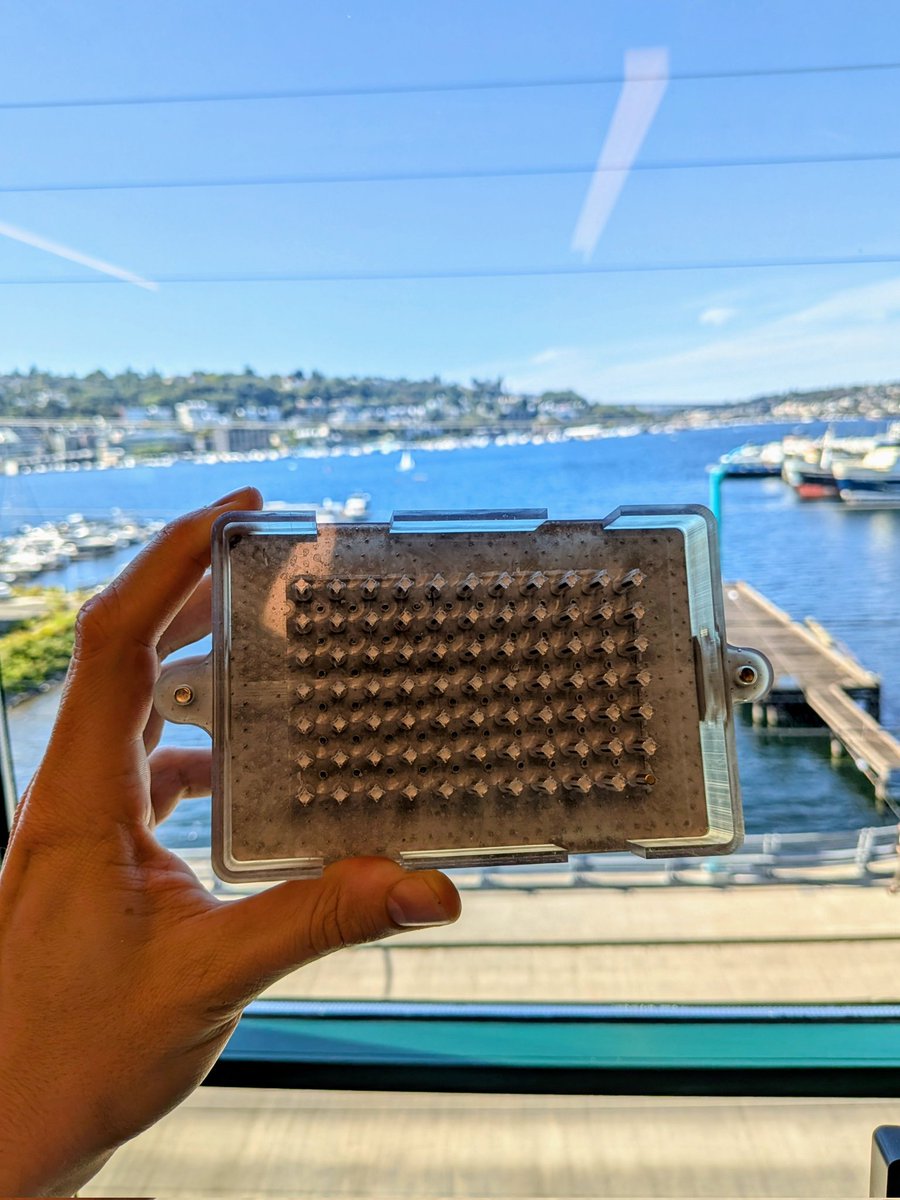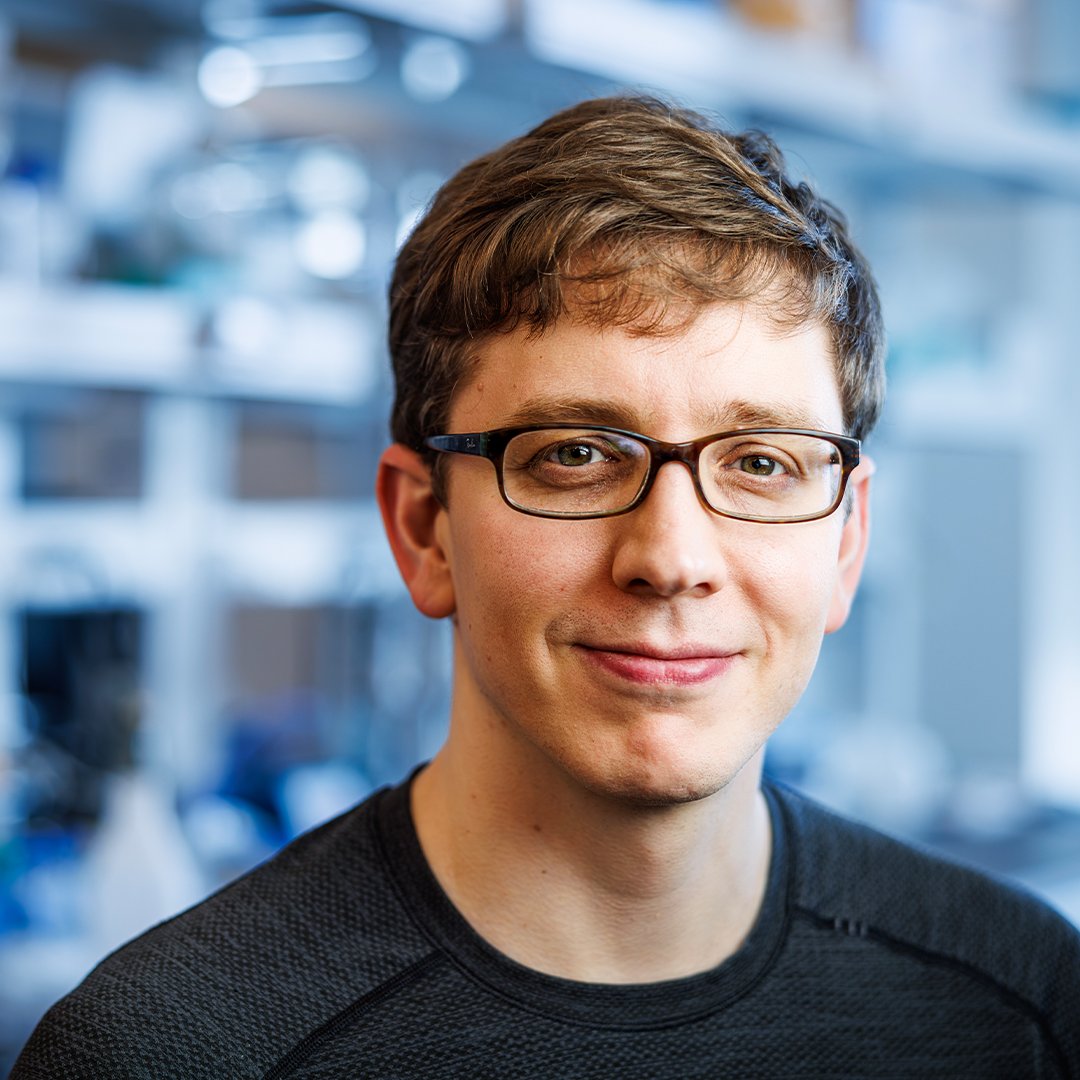
Aaron Ring
@aaronmring
Associate Professor at @FredHutch
Studying #cytokines, (auto)antibodies, and #cancerimmunotherapy
Founder: @SimchaTx, @Seranova, & Stipple Bio
ID: 947605221416538112
31-12-2017 23:07:45
2,2K Tweet
8,8K Followers
842 Following



Excited to share this new work from our lab, led by an exceptional graduate student, Tornike Mamuladze (Tornike Mamuladze), on the role of meningeal mast cells in regulation of brain/dura access points, with implications to CSF flow dynamics and meningitis || authors.elsevier.com/sd/article/S00…


The Weill Cancer Hub is fostering groundbreaking UC San Francisco–Stanford University collaborations to develop transformative cancer therapies. I’m grateful to co-lead one of the selected teams with Michael Fischbach to advance next-generation in vivo CAR T cell therapy!
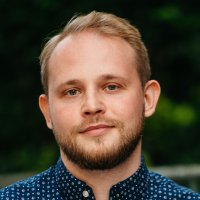

BREAKING: We uncovered a potent immune alliance that could change how we treat solid tumors. Published in Cancer Cell , we show that Th17 cells *must* work with B cells to eliminate tumors—and keep it from coming back. 📄 cell.com/cancer-cell/fu… 🧵1/12👇Let’s walk through it:

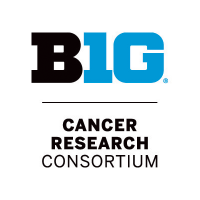
This month, the Big Ten Cancer Research Consortium highlights our member institution Fred Hutch Cancer Center Cancer Center and Lawrence Fong, MD, who serves as scientific director of the Immunotherapy Integrated Research Center at Fred Hutch. Read more: bigtencrc.org/member-feature…





CAR-T cells against solid tumors. Listen to Sabah Öney on The Long Run. timmermanreport.com/2025/08/car-t-…
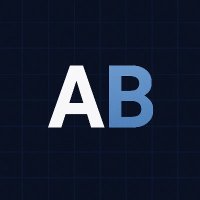
BindCraft isn't just for miniproteins. A new preprint validates 47-67% success rates for BindCraft-derived peptides with nM affinities. Our tutorial with Martin Pacesa covers this work and walks through our new dedicated peptide interface. Read it here: ariax.bio/resources/bind…

I'm now the proud owner of a bespoke, handcrafted 96 well magnetic separator designed by my Twitter BFF Adriano Aguzzi. Thanks a million!!!
